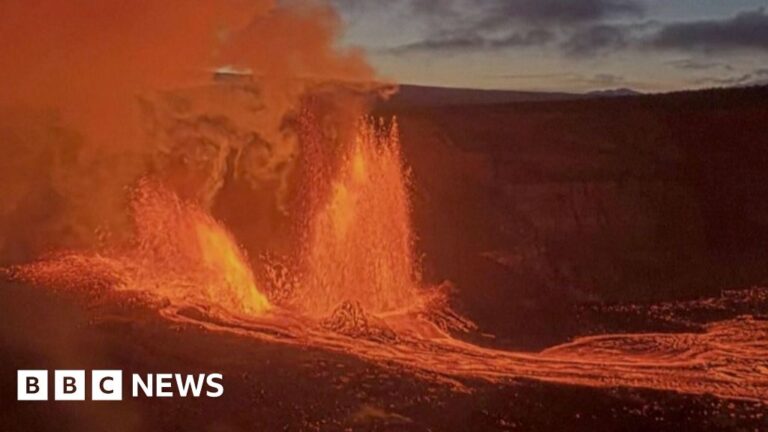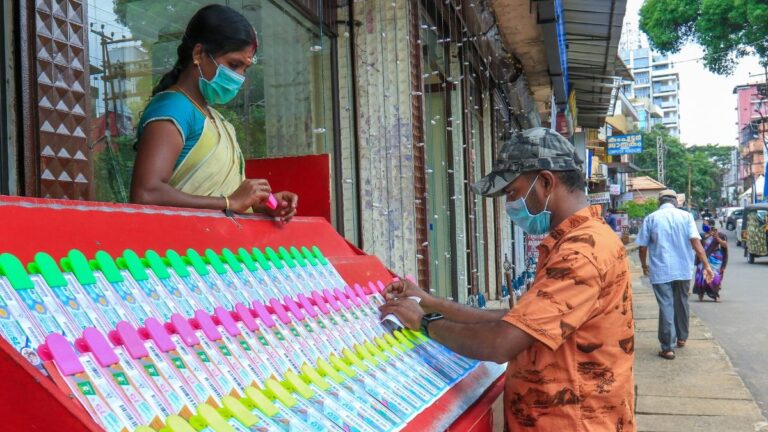Deadly Flooding Claims Nearly 20 Lives in Just 4 Days: America’s Underestimated Weather Killer
In just four desperate days, the recent flood events in San Antonio and West Virginia have tragically claimed at least 19 lives, underscoring a significant yet often overlooked peril: flooding. It serves as a sobering reminder that flooding is America’s second-biggest weather killer, trailing only heat-related fatalities. While storms like tornadoes and hurricanes often steal the spotlight in media coverage, flooding remains an invisible threat, wreaking havoc in our communities.
The Sobering Statistics of Flood-Related Deaths
According to data from the National Oceanic and Atmospheric Administration (NOAA), flooding has averaged approximately 113 deaths annually in the U.S. over the past decade (2015-2024). In comparison, heat is responsible for an average of 238 fatalities each year. These figures highlight the urgent need for increased awareness around flooding dangers.
- Only Second to Heat Deaths: Flooding fatalities are often underestimated. Annually, flooding accounts for more deaths than severe weather events such as hurricanes and tornadoes.
- Significant Recent Losses: The deaths in San Antonio (13 victims on June 12) and West Virginia (6 victims between June 14-15) illustrate how quickly lives can be turned upside down due to localized weather events.
Understanding the Nature of Flooding
Flooding isn’t just a product of well-publicized storm systems. It occurs in various forms, often without the dramatic backdrop of a hurricane or major storm front. Unfortunately, many individuals underestimate how even minor storm events can lead to rapid and deadly flooding.
Recent rainfall statistics indicate that San Antonio experienced a staggering 3.98 inches of rain within just one hour, setting records during its flash flooding. Similarly, localized storms in West Virginia contributed to sudden downpours that overwhelmed the infrastructure in place.
The Peak Season for Flash Flooding
Experts warn that the peak season for flash floods in the United States is upon us. Approximately 75% of flash floods recorded between 2007 and 2017 occurred from late April through mid-September, as warmer temperatures increase both humidity and rainfall potential. The ingredients for flash floods—warm humid air, slow-moving storms—are prevalent during these months.
- Warmer Days, Increased Threats: The summer months provide the conditions necessary for thunderstorms that can stall over a specific area, releasing excessive rain in a short time.
- Climate Change Impact: A study revealed that from 1970 to 2024, 126 out of 144 U.S. cities saw increases in hourly rainfall intensity, particularly in the Midwest and Northern Rockies. This is largely due to climate change, which enables warmer air to hold more moisture, resulting in more extreme precipitation events.
Safety Tips: Turning Around and Heading to Safety
The trend shows that many flood-related deaths are preventable. A report by NOAA indicates that more than half of flood fatalities occur when individuals drive into floodwaters.
- Heed Warnings: Local National Weather Service (NWS) offices issue flash flood warnings when there’s a credible threat of flooding. If you receive one, be alert and avoid unnecessary travel.
- Know the Signs of Danger: If you see floodwaters, it’s often difficult to gauge their depth. The best course of action is to remember the mantra: “Turn around, don’t drown.”
- Evacuate If Needed: If authorities issue a flash flood emergency, take it seriously. Move to higher ground if you find yourself in a flood-prone area.
Final Thoughts
With the deadly power of flooding starkly highlighted by the recent tragedies, it’s clear that awareness and preparedness can save lives. By respecting flood warnings and foregoing risky decisions in the face of weather emergencies, we can better protect ourselves and our communities from becoming statistics. As we enter the most active phase for tornadoes and floods, staying informed is not just wise; it’s essential.
As the conversation around climate change and weather-related fatalities continues to evolve, let’s remember to prioritize safety and education. The weather may be unpredictable, but our response doesn’t have to be.





